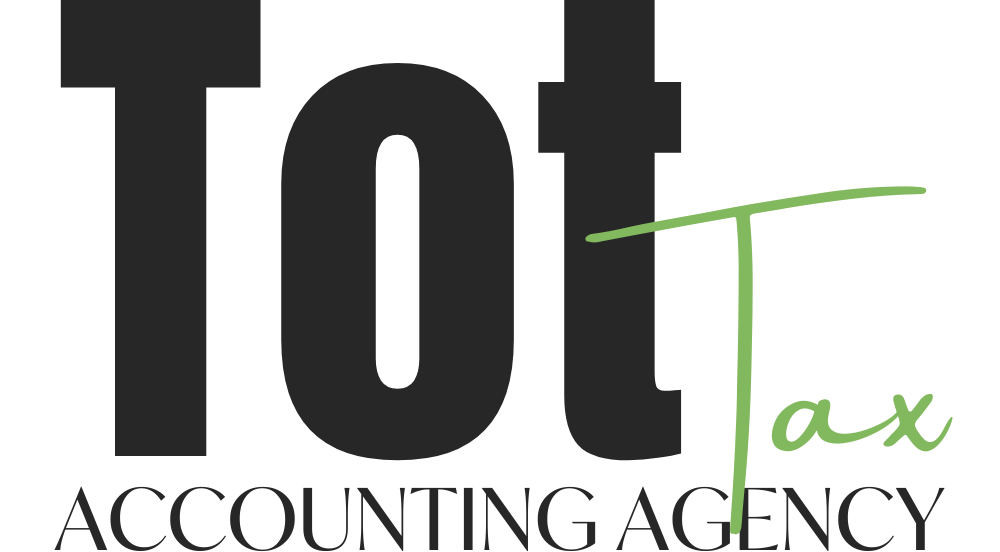Self-Employed Individuals Can Use These Tips to Keep Taxes Down
Although self-employment has advantages, being your own employer can cause tax issues. You'll have to pay self-employment taxes and income taxes to maintain the Social Security and Medicare programs. Paying taxes is an expensive responsibility, but as someone running your own business, you can find loopholes that will save you money.
Here are four simple strategies to keep your taxes low if you're self-employed.
Declare Your Costs of Driving
You can deduct vehicle expenses if your self-employed revenue comes from operating a ride-hailing or delivery business through platforms like Uber or Lyft. This allows you to reclaim part of the costs of operating your company car incurred due to wear and tear.
Keep track of your business, personal, and commute miles because you will be required to give this information to claim the deduction.
Declare Your Costs of Running a Home Office
Expenses for a home office are deductible if you use a section of your home as office space for your business. You can use the simplified deduction technique to calculate a home office deduction. This is a specified rate of $5 per square foot of your house utilized for business up to 300 square feet.
Alternatively, you can deduct a percentage of the rent, utilities, mortgage interest, property taxes, and repairs and maintenance costs using the actual expense deduction method.
Website services, computer software, merchant fees, equipment, and other items needed to run your business are all frequent deductible expenses associated with your home office.
Communication costs, such as a portion of your internet or telephone service, can also be deducted if they are directly relevant to your business. For example, if you spend 20 percent of your phone time on business, you may be able to deduct 20 percent of your phone cost.
Remember Your Deductions for Depreciation of Business Equipment
If you buy equipment for your business, such as a laptop or a leaf blower, you can classify it as an asset and claim a depreciation deduction. It allows you to stretch the cost over the asset's useful life.
For example, suppose you spent $400 on new office desks and shelves at the start of the year. You can designate this as an asset and deduct $57.14 per year in depreciation expenses over a seven-year useful life, which is typical for office equipment.
You can also elect to completely expense and deduct the asset in the current year, rather than depreciate it, to decrease your tax liability even further. You can claim this yearly income tax deduction by submitting Form 4562 with your tax return.
Conclusion
As a self-employed taxpayer, you can deduct expenses and take specific deductions from your earnings to lower your tax bill. Remember, increasing your business expenses is one of the best methods to reduce your self-employed income taxes.
Secure all receipts for any business expenses related to purchases or professional services received. Organize them neatly in folders or filing cabinets. Also, keep precise and up-to-date records of your company's activities.
If you need a business tax accountant to help you out, you can trust Tottax to provide excellent assistance. We offer personalized business consulting depending on your needs and goals, including tax planning and tax filing in all 50 states. Contact us today to get a consultation!
